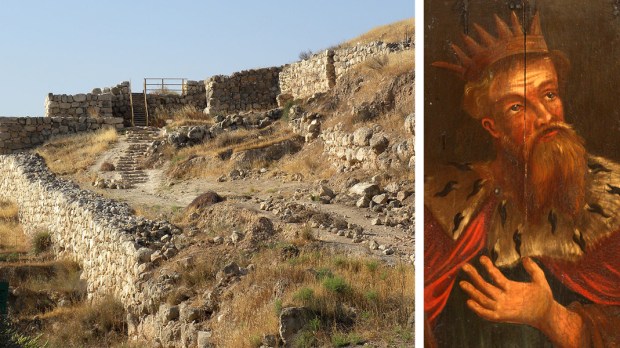This past January, archaeologists working on an excavation at Tel Lachish National Park, 25 miles southwest of Jerusalem, found the remains of an ancient altar believed to be nearly 3,000 years old.
Tel Lachish National Park marks the site where once stood the ancient city of Lachish, a prosperous and fortified city mentioned at least two dozen times in the Bible, destroyed by the Assyrians around 700 BC.
Researchers had already uncovered, although partially, some of the remains of one of the ancient gates at Lachish several decades ago. These gates, dated as belonging to the First Temple Period (from 1000 to 600 BC), were particularly important, as some official acts took place there. In fact, some of these gates, such as this one, would have included an altar.
According to the article published by Christian News, archaeologists found the altar’s horns had been “intentionally cut by someone,” thus providing some archaeological evidence backing up the events told in 2 Kings 18 related to Hezekiah’s religious reforms: “He removed the high places, smashed the sacred stones and cut down the Asherah poles.” (2 Kings 18, 4)
Sa’ar Ganor, the director of the excavation, explained in a statement that “it is most interesting that the horns on the altar were intentionally truncated. That is probably evidence of the religious reform attributed to King Hezekiah, whereby religious worship was centralized in Jerusalem and the cultic high places that were built outside the capital were destroyed.”
“Before our very eyes these new finds become the biblical verses themselves and speak in their voice,” added Ze’ev Elkin, the Minister of Jerusalem and Heritage and Environmental Protection.
The archaeologists also uncovered a stone toilet purposely placed in one of the gate’s chambers. Most likely it was placed there in order to desecrate the former altar, in the same way Jehu desecrated a house of Baal by converting it to a latrine, according to the biblical account found in 2 Kings 10, 27: “They demolished the sacred stone of Baal and tore down the temple of Baal, and people have used it for a latrine to this day.”
As explained by Christian News, “this is the first time that an archaeological find confirms this phenomenon,” the Israel Antiquities Authority noted.

